Please fasten your belts!
Qredo announces innovative Circle USDC toolkit
Qredo has announced its partnership with Circle and Etherspot to introduce a cutting-edge cross-chain USDC toolkit.
This integration enables users to link their Circle Account to Qredo’s non-custodial wallet effortlessly, offering a secure and efficient method to transact with USDC across multiple chains.
Users can mint and redeem vast amounts of USDC weekly, leveraging Circle’s global network for frictionless deposits and redemptions. This move is set to redefine:
- Web3 transactions,
- crypto asset and fiat settlements,
- global payroll management,
- DeFi interactions.
The integration comes ahead of the anticipated transition to T+1 settlement for transactions in US equities, corporate debt, and unit investment trusts by May 28, 2024, in the US.
Qredo’s Circle API integration is designed to handle crypto operations at scale, ensuring regulatory compliance and asset control.
Additionally, the QSign Paymaster, developed in collaboration with Etherspot’s Account Abstraction SDK, will allow users to manage gas fees across multiple chains using only USDC, a significant advancement for Web3 CFOs.
Etherspot showcases GMX integration
Etherspot’s devrel, Taylor, presents the seamless GMX-Etherspot integration in a new video.
Highlighting the ease of batching transactions with a smart contract wallet, the demo enhances the user experience on GMX, a decentralized exchange known for low swap fees.
Test it out here!
Ethereum Merge: Reduced energy consumption, persistent centralization concerns
One year after Ethereum’s monumental shift to PoS, the network has witnessed a significant decrease in energy consumption, dropping by over 99.9% from its previous Proof-of-Work mechanism. This transition, known as “The Merge,” took place on September 15, 2022, merging Ethereum’s mainnet with the Beacon Chain.
Post-merge, Ethereum’s energy consumption plummeted from an estimated 21 terawatt hours under Proof-of-Work, as reported by The Cambridge Centre for Alternative Finance.
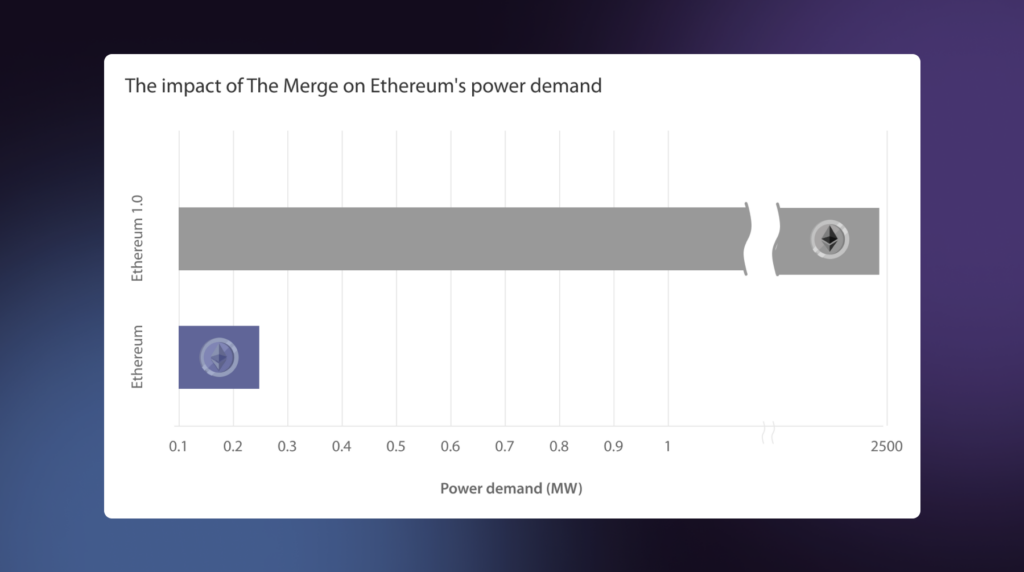
Additionally, the network has turned economically deflationary. The data reveals that over 300,000 ETH, valued at approximately $488 million, has been burned since The Merge, reducing the total ETH supply by 0.25% annually.
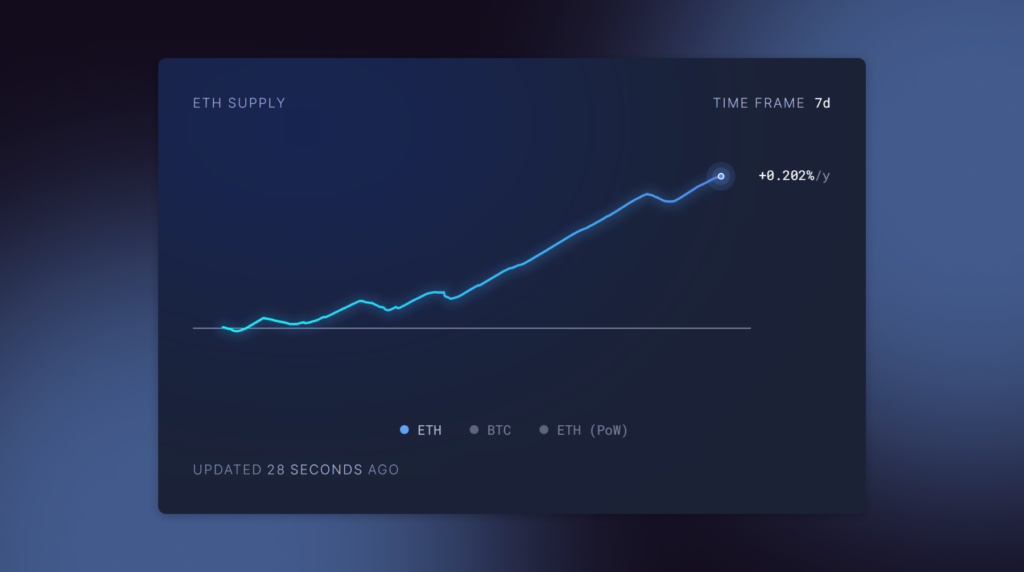
The Proof-of-Stake upgrade introduced stakers, replacing miners to secure the network. Liquid staking providers, especially Lido, which holds 72% of all staked ETH, have dominated the scene. Yet, concerns arise over potential centralization and the power these providers hold.
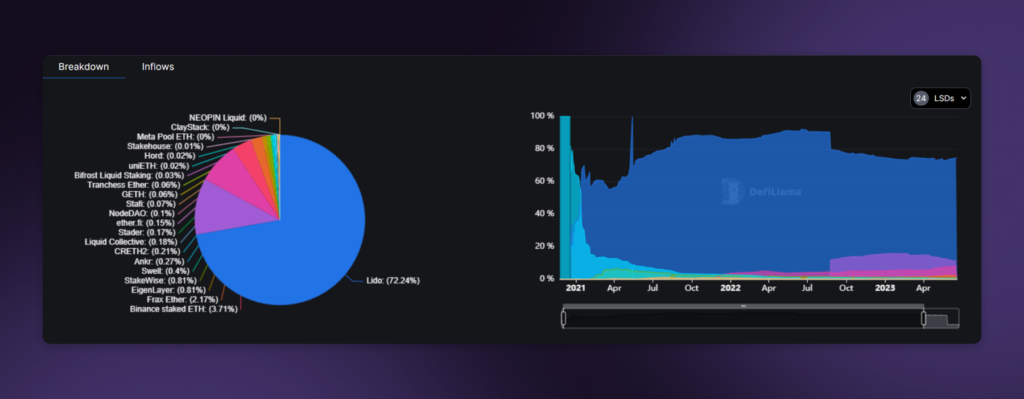
Safe to deploy modular Account Abstraction on Polygon zkEVM
Safe announced its deployment on Polygon zkEVM. This integration aims to assist projects in treasury operations and protocol governance through Safe’s multisig wallet, Safe{Wallet}. Furthermore, the Safe{Core} smart wallet developer stack will empower developers to create secure and streamlined user experiences atop Polygon zkEVM.
This collaboration underscores Safe and Polygon Labs’ dedication to advancing smart accounts on ZK-powered L2s. The announcement came during Safe{Con}, a conference by Safe emphasizing the shift to smart accounts. Polygon’s co-founder, Sandeep Nailwal, was present to endorse the partnership.
Safe’s integration with Polygon zkEVM is expected to revolutionize the developer experience. The synergy between Safe and Polygon is evident in the recent Gnosis Pay network launch, combining Safe’s robust smart wallet with Polygon’s efficient L2 stack.
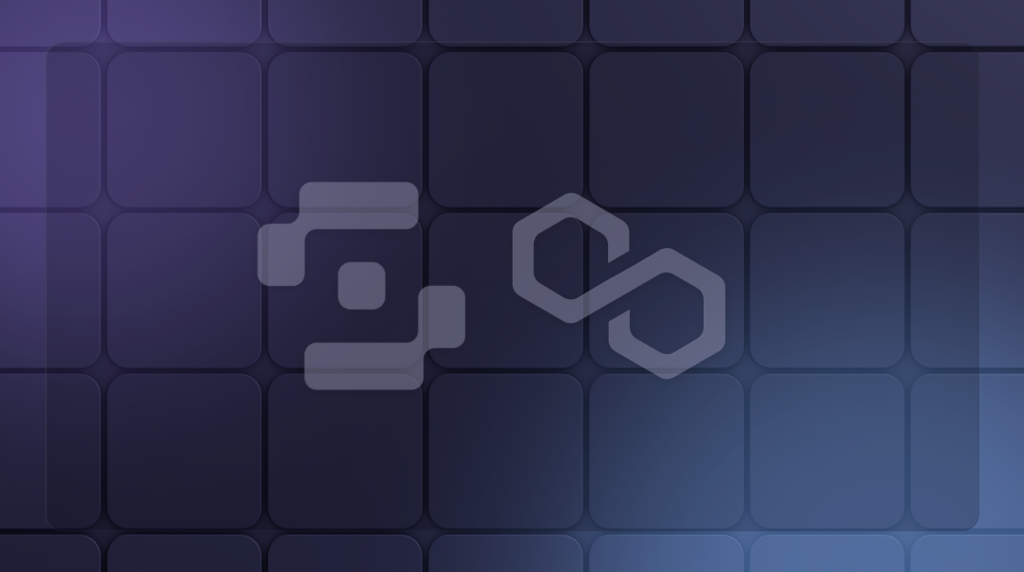
Ethereum’s proto-danksharding promises 10x cheaper rollups
Ethereum’s scaling solution is set to undergo a significant cost reduction, thanks to the introduction of proto-danksharding.
Nicolas Liochon, the head of Consensys zkEVM Linea, revealed in an exclusive interview with Cointelegraph Magazine that proto-danksharding could make rollups ten times cheaper.
Zero-knowledge (ZK) proof solutions have been instrumental in scaling the Ethereum ecosystem. Proto-danksharding, identified by its Ethereum Improvement Proposal (EIP) as EIP-4844, aims to further reduce the cost of rollups. These rollups batch transactions and data off-chain, providing computational proof to the Ethereum blockchain.
Although the Ethereum Foundation has not confirmed a launch date for proto-danksharding, development and testing continue. Liochon highlighted that Linea offers transactions 15 times cheaper than Ethereum’s layer 1. However, the cost of rollups remains high due to the call data being posted in Ethereum blocks.
EIP-4844 plans to introduce data blocks that can be attached to existing blocks. This data will be inaccessible to the Ethereum Virtual Machine and will be deleted after a set period, significantly reducing transaction costs.
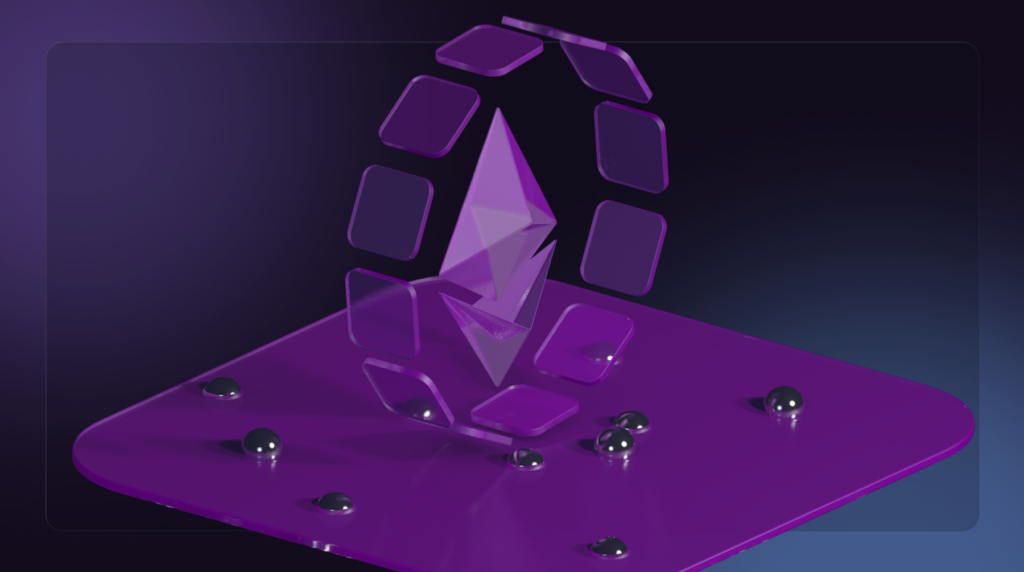
“Top 6 Account Abstraction Providers” from Coinmonks
Coinmonks, a non-profit crypto educational publication, has shared an article titled “Top 6 Account Abstraction Providers: An In-Depth Review.”
It’s noteworthy that our platform, Etherspot, is listed alongside industry leaders such as Stackup, Pimlico, and Alchemy. Being highlighted in this manner is a testament to our dedication and presence in the blockchain ecosystem.
Holešky testnet launch delayed due to misconfiguration
Ethereum’s journey to enhance its testnet environment faced a setback as the much-anticipated Holešky testnet failed to launch on its scheduled date, September 15, 2023. The delay, attributed to a misconfiguration, means the network will need a relaunch.
Testnets, like Holešky, serve as replicas of blockchains, providing developers a sandbox to test protocols and smart contracts before they go live on the main blockchain. Ethereum currently operates two primary testnets: Sepolia, tailored for blockchain application development, and Goerli, which focuses on validation and staking tests.
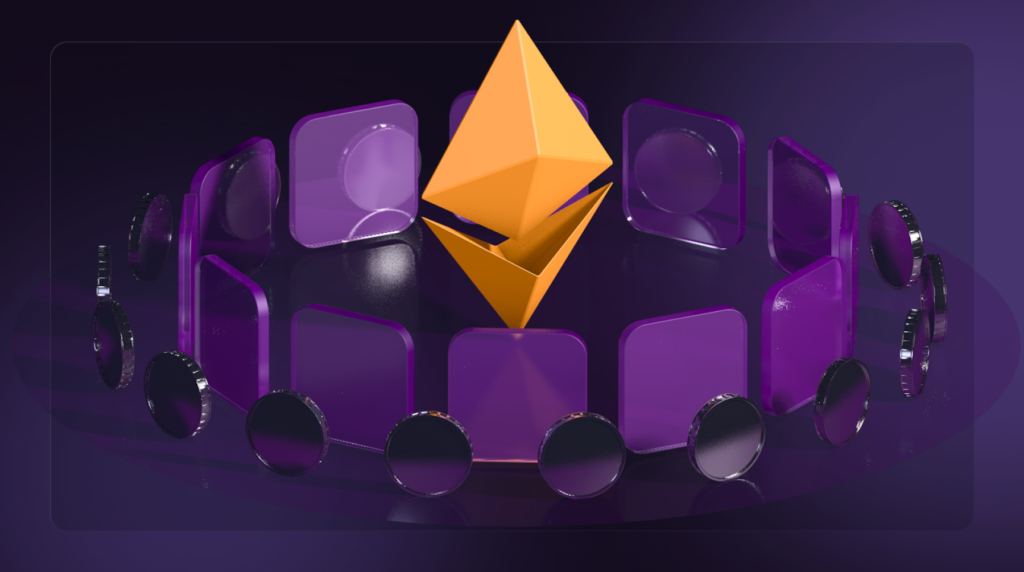
The Holešky testnet was introduced to address the supply constraints of Goerli’s goETH. With a capped supply of 115 million goETH, developers found it challenging to test their applications due to token hoarding by individual wallets. Holešky promises a more expansive environment, aiming to resolve these supply issues and offer a more realistic on-chain testing scenario.
Parithosh Jayanthi, a developer at the Ethereum Foundation, highlighted Holešky’s capabilities, noting that it can accommodate a client size triple that of the current Ethereum mainnet. Jayanthi emphasized the importance of testing the beaconchain’s limits safely with such a vast number of validators.
Start exploring Account Abstraction with Etherspot!
- Learn more about account abstraction here.
- Head to our docs and read all about the Etherspot SDK.
- Skandha - a developer-friendly Typescript ERC4337 Bundler.
- Explore our TransactionKit, a React library for fast & simple Web3 development.
- For a plug & play integration, review the BUIDLer react component.
- Follow us on Twitter and join our Discord.
Is your dApp ready for Account Abstraction? Check it out here: https://eip1271.io/
Subscribe to Etherspot’s Everything About Account Abstraction Newsletter!
Get In Touch:
Website | Twitter | Discord | Github | Telegram
Powered by Etherspot
TransactionKit | BUIDLer React Component | Pillar Wallet | AirdropMe

